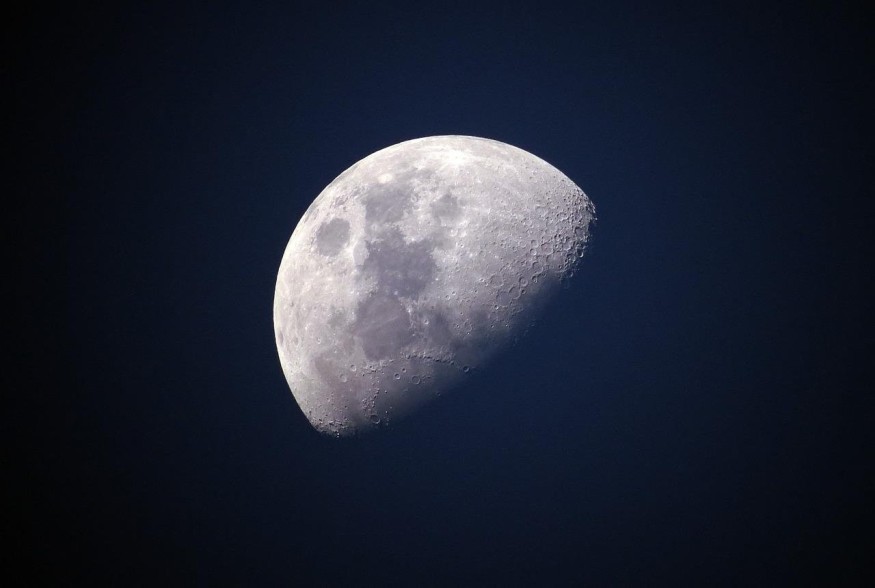
Over a decade ago, NASA's Lunar Reconnaissance Orbiter (LRO), a small spacecraft orbiting the Moon, found traces of water molecules on the lunar surface suggesting humans may one day be able to live on it. Before the discovery, the Moon was thought to be completely barren, but it gave hope to scientists.
New LRO has once again made another invaluable contribution to the knowledge about the Moon after spotting pits sitting at a comfortable room temperature where humans could possibly live. Does this mean humans could someday survive on the Moon, given the global climate crisis on Earth?
Some Lunar Pits and Caves Have Room Temperature Like Earth
According to a news release from NASA, the data from LRO spacecraft and computer modeling showed that some shaded locations within pits on the Moon have a comfortable 63-degree Fahrenheit (17-degree Celsius) temperature.
These pits and caves would make stable sites for future lunar exploration compared to most parts of the Moon, where temperatures could go up as high as 260 F (127 C) during the day and as low as -280 F (-173 C) at night. These sites were first discovered in 2009, and NASA scientists have been studying them to see if they could offer some protection against cosmic rays, solar radiation, and micrometeorites.
Study lead author Tyler Horvath, a doctoral student from the University of California, Los Angeles, said that about 16 of the 200 pits they discovered were lava tubes. While LRO Project Scientist Noah Petro added that lunar pits are fascinating features that create stable thermal environments that could someday be explored.
David Paige, the co-author of the study, said that humans started to live inside caves during ancient times and humans might need to return to caves when they start to live on the Moon.
The team believes that the shadowing overhang causes the steady temperature in these pits and caves, which limits how things could get hotter during the day and prevent heat from escaping during the night, given that it takes 15 Earth days for one Moon day.
Their findings are discussed in full in the study titled "Thermal and Illumination Environments of Lunar Pits and Caves: Models and Observations From the Diviner Lunar Radiometer Experiment," published in the journal Geophysical Research Letters.
NASA's Lunar Reconnaissance Orbiter Spots the Most Comfortable Place on the Moon Where Humans Might Survive
Other Lunar Discoveries by Lunar Reconnaissance Orbiter
In 2009, NASA launched the LRO spacecraft and computer modeling that will change how humankind views its natural satellite. Since then, it has uncovered some of the deepest secrets of the Moon. Here are some of them per NASA's Solar System Exploration website:
- The Moon is losing heat, which causes shrinking that produces fairly strong moonquakes.
- Lunar volcanoes were still active 50 million years ago, which is more recent than previously thought.
- The far side has more craters, indicating that it is older than the side visible from Earth.
- The Moon does not have an atmosphere, so its craters and surface retain historical records, such as the timeline of the Solar System and footprints of the first people on the lunar surface.
- It gets unimaginably cold at -414.4 degrees Fahrenheit (-248 degrees Celsius).
- There is evidence of frozen water on the Moon, but the amount and location are still a mystery.
- The South Pole is a potential hot spot for new discoveries.
- It has underground caves that can protect humans from harmful radiation.
Watch the video below about the pits and caves on the Moon that humans could potentially use to survive on the lunar surface:
RELATED ARTICLE : China Releases a Detailed Map of the Moon's Geology Which Will Be Helpful In Future Space Exploration
Check out more news and information on Moon in Science Times.










